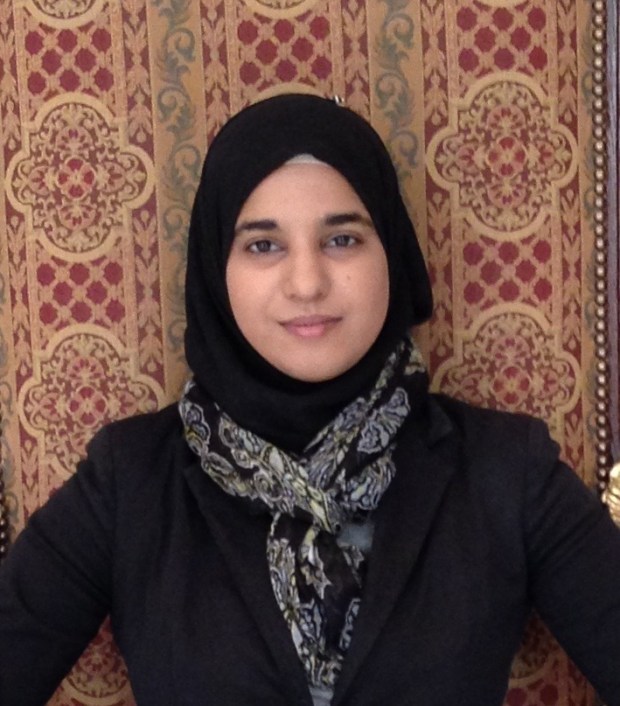Our Terms & Conditions | Our Privacy Policy
Fostering a science-literate public is crucial – Lowell Sun
The COVID-19 pandemic transformed how we view science reporting, emphasizing our reliance on scientific expertise. While that may have been the first time many Americans followed science news daily, the development of science reporting in American newspapers is well over a century old.
Early American science reporting relied heavily on information otherwise completely inaccessible to the public. The general populace had very little access, and often limited literacy, to engage with theories and inventions that remained locked behind laboratory doors.
Many early science reporters struggled with the concepts themselves. After all, emerging theories of the universe were not terribly simple to explain. Reporters new to science reporting worked to capture complex scientific concepts for a general audience.
Editors and reporters in the late 1800s began to make a more conscious effort to bring science into the public sphere. New inventions weren’t just explorations of intellectual curiosities but pathways to healthier and safer societies.
But how do you get people to read about something they have no conception of or perhaps can’t understand? Even in the 1800s, editors and reporters recognized that if people were going to embrace new medical treatments, marvel at inventions like the telegraph, or evaluate new theories about the natural world, they needed credible information presented in a way that sparked excitement and prompted them to think critically.
At the turn of the century, in bustling post-industrial cities, science reporters were responsible for documenting just how quickly the world was changing and what that meant for its inhabitants. That early sense of responsibility is still with us, though the speed of modern media can overshadow it. During incidents like the recent measles outbreak or the debate over the safety of vaccines, you’ll find reporters talking to doctors, parents, public officials, and sometimes skeptics — doing their best to weave together a nuanced story that helps readers decide where they stand.
Early science reporters realized their role was to bridge the gap between a specialized scientific community and the public. What makes this bridge so valuable is that it doesn’t demand every reader be a scientist themselves. Instead, it offers a platform to understand why a study, a discovery, or a debate might matter. Whether in the 1800s or the 2020s, good journalism helps people make sense of the evidence and its potential effects on their everyday lives.
Of course, sometimes, some early science reporters fell into the trap of sensationalization or oversimplification, and that problem lingers today — especially online. But the best practitioners of science coverage, past and present, remain committed to sharing fresh discoveries in a way that’s neither watered-down nor alarmist. They seek context from diverse sources and welcome a healthy skepticism that drives readers to ask, “How do we really know this is true?”
That “healthy skepticism” is the key. It’s not about dismissing every finding or planting unfounded doubts. It’s about ensuring that scientific claims are presented transparently, with their limitations and uncertainties acknowledged.
Yet even the most thorough journalism can be undermined by a public that doesn’t have the foundational scientific literacy to sort through competing claims or appreciate why evidence matters in the first place.
That’s why science education can’t just be about training future scientists — it must also equip citizens with the tools to understand the role of evidence, question sources, and recognize the difference between rigorous data and pure speculation.
Strengthening scientific literacy matters and is an urgent need. It begins with teaching critical thinking skills early on, ensuring people learn how to evaluate evidence and recognize credible research. It continues through access to transparent, factual information and support for lifelong learning — from schools, libraries, and museums to community forums encouraging open dialogue about scientific and technological developments. In turn, this fosters a comfort in the unknown, not fear. It makes us less susceptible to alarmist reporting and more open to engaging ideas that may not immediately make sense to us.
A society with robust scientific literacy doesn’t just read the headlines; it asks deeper questions, holds institutions accountable, and subsequently carves the path of research.
When both reporters and the public embrace critical inquiry and transparent dialogue, we create a society that wields science as a tool for shared progress. When we don’t, misinformation flourishes, trust erodes, and our collective ability to solve complex challenges is profoundly weakened.
 Associate Professor of Journalism at Fitchburg State University Wafa Unus, Ph.D. (Courtesy Wafa Unus)
Associate Professor of Journalism at Fitchburg State University Wafa Unus, Ph.D. (Courtesy Wafa Unus)
[ad_1]
Images are for reference only.Images and contents gathered automatic from google or 3rd party sources.All rights on the images and contents are with their legal original owners.
[ad_2]



Comments are closed.